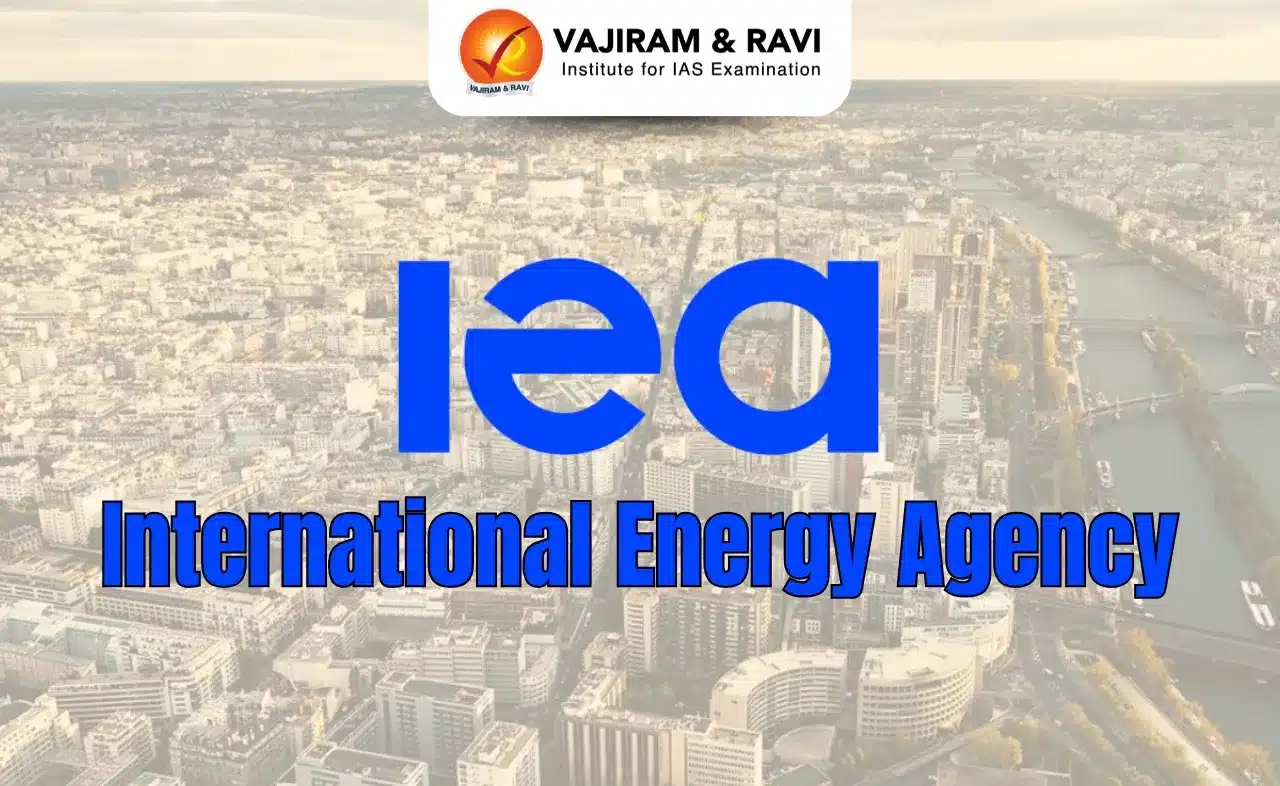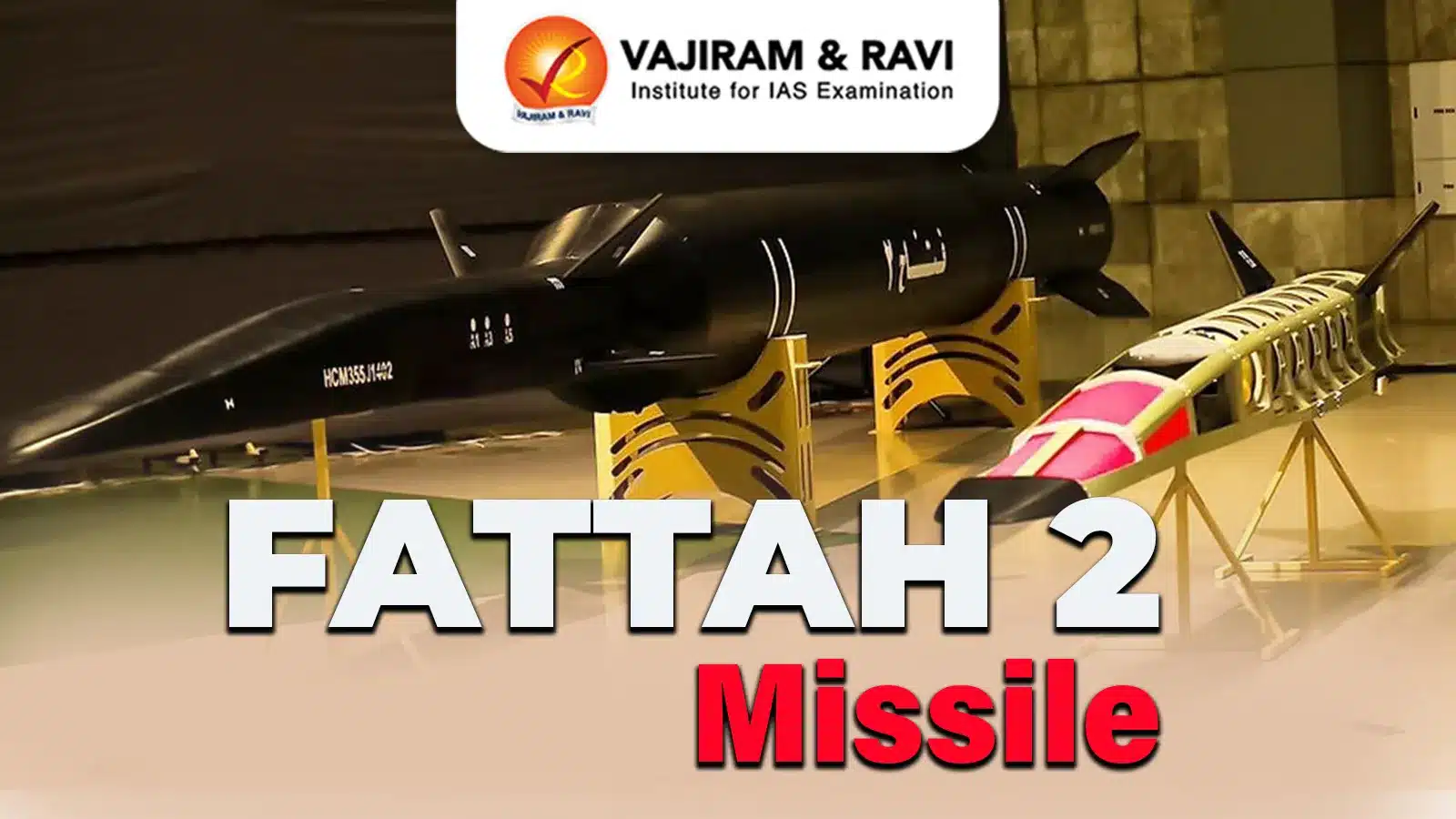About Copernicus Emergency Management Service (EMS) Programme:
- Named after the renowned 15th-century scientist Nicolaus Copernicus, the programme is the earth observation component of the European Union’s (EU) space initiative.
- Copernicus was launched in 1998 and was earlier known as the Global Monitoring for Environment and Security Programme (GMES).
- The programme uses global data from satellites, and ground-based, airborne, and sea-borne measurement systems to provide environment-related information to researchers, policymakers, public authorities, international organisations, and commercial and private users to address issues related to climate change, disaster management, and agriculture, among other uses.
- The space segment uses a group of satellites, called the Sentinels and the Contributing Missions.
- It is complemented by a ground segment which includes in-situ sensors that provide access to the Sentinels and Contributing Missions data.
- Presently, the programme is implemented by EU member states with the support of the European Space Agency (ESA) for the space component and the European Environment Agency (EEA) for the in-situ component.
- Notably, data from the Copernicus programme is freely available and accessible to all.
- Active since 2012, the Copernicus EMS works on two models—on-demand mapping and early warning and monitoring—to issue warnings, risk assessments, and information on the impact of disasters worldwide, before, during, or after a crisis.
- While on-demand mapping offers detailed information for specific emergencies, early warning provides critical geospatial data through monitoring and forecasts for floods, droughts, and forest fires.
- How does rapid mapping work?
- The Copernicus EMS on-demand rapid mapping provides geospatial information within a few hours or days of a request to support efforts in the immediate aftermath of an emergency or a disaster anywhere in the world.
- It acquires, processes, and analyses satellite images, geospatial data, and relevant social media in rapid mode to provide information.
- The service offers four “products”, one pre-event reference and three post-event (first estimate, delineation, and grading).
- Each comprises delivery packages, including maps and a vector package of spatial data.
Q1: What is the European Union (EU)?
European Commission (EC) is an institution of the European Union (EU) and its constituent entities that makes up the organization’s executive arm. The EC also has legislative functions, such as proposing new laws for the European Parliament, and judicial functions, such as finding legal solutions to business and trade issues between countries within the EU.
Last updated on June, 2025
→ UPSC Notification 2025 was released on 22nd January 2025.
→ UPSC Prelims Result 2025 is out now for the CSE held on 25 May 2025.
→ UPSC Prelims Question Paper 2025 and Unofficial Prelims Answer Key 2025 are available now.
→ UPSC Calendar 2026 is released on 15th May, 2025.
→ The UPSC Vacancy 2025 were released 1129, out of which 979 were for UPSC CSE and remaining 150 are for UPSC IFoS.
→ UPSC Mains 2025 will be conducted on 22nd August 2025.
→ UPSC Prelims 2026 will be conducted on 24th May, 2026 & UPSC Mains 2026 will be conducted on 21st August 2026.
→ The UPSC Selection Process is of 3 stages-Prelims, Mains and Interview.
→ UPSC Result 2024 is released with latest UPSC Marksheet 2024. Check Now!
→ UPSC Toppers List 2024 is released now. Shakti Dubey is UPSC AIR 1 2024 Topper.
→ Also check Best IAS Coaching in Delhi
























